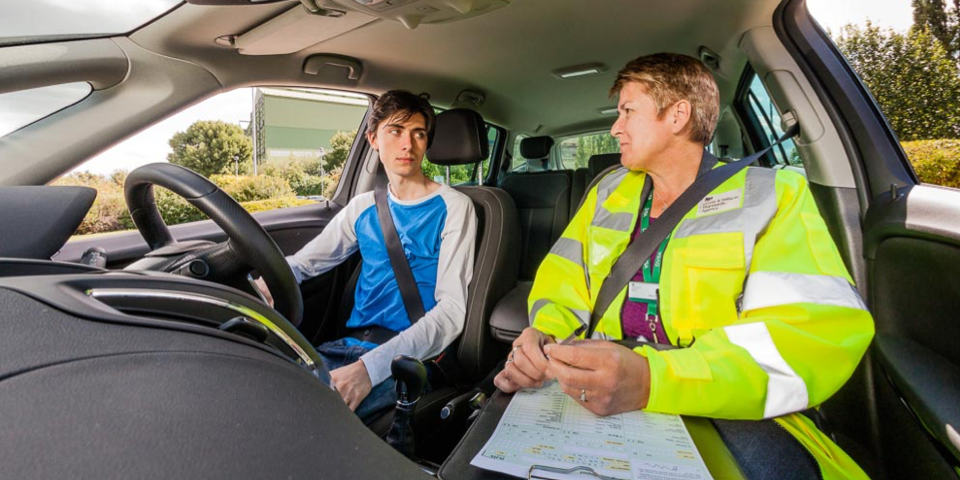

On 6 May 2025 DVSA will begin a trial to increase the amount of time your pupils spend on higher speed roads, including rural roads, during a driving test.
DVSA know that rural roads are some of the most dangerous high-speed roads for novice drivers. The current killed or seriously injured statistics show 48% of casualties in young car driver collisions occur on rural roads, compared to 42% for other aged car driver collisions.
This trial aims to better replicate the challenging conditions your pupils face when they are novice drivers in the real world and help to improve road safety.
The trial will not change the content you need to teach your pupils or the length of time a driving test takes.
DVSA will contact learner drivers with a test booked at the trial sites to make them aware about the trial and reassure them that what they need to learn or will be tested on during their test will not change.
The trial will run for 3 months from 6 May 2025 at 20 driving test centres (DTC) across Great Britain. These are:
Avonmouth, Bishopbriggs, Bolton, Cambridge, Cardiff, Dudley, Halifax, Hendon, Hereford, Hornchurch, Isleworth, Maidstone, Middlesbrough, Musselburgh, Norris Green, Norwich (Peachman Way), Nottingham (Chilwell), Oxford, Portsmouth, Wakefield.
Up to 4 examiners will take part in the trial from each of the DTCs above and will use updated routes that include three changes to the test:
1. Reducing the amount of stops during the driving test from four to three. Currently, there are four stops on a driving test, which take place on lower risk roads with lower speed limits.
The need to find 4 slower speed areas to do these stops limits the distance that can be covered on a test, which impacts the number of high-speed roads that can be accessed.
Reducing the number of stops from 4 to 3 will allow flexibility for test routes to spend more time on higher speed roads, including rural roads.
2. Changing the frequency of carrying out an emergency stop (ES) from one in three driving tests to one in seven. Like the controlled stops, ES need to be done in lower speed areas which limits the distance that can be covered on tests. This again impacts on the number of high-speed roads that can be accessed on test.
Reducing the number of tests where an ES is done will increase the amount of time that can be spent on higher speed roads, including rural roads.
In addition to this, there has been no change to the frequency where an ES is done during a test since 1999. Since then, technology has improved, and the fitting of Anti-lock Braking Systems (ABS) became mandatory on new cars in 2004 – which have made cars much safer and less likely to skid.
3. Offer the flexibility to increase the time of the independent driving on the sat nav from 20 minutes currently, to the full duration of the test. Increasing the amount of time using a sat nav allows more time for the DE to test independent driving skills.
This makes the test more reflective of real life driving by providing situations that new drivers will face once they’ve passed.
Throughout the trial DVSA will continue to monitor the new routes and review the impact the changes are having on tests. Once the trial has finished, DVSA will be in touch again to updated on the success of the trial and next steps